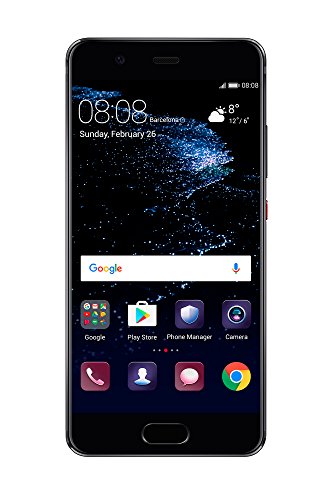The Huawei P10 came with the Huawei SuperCharge charger that uses Huawei SuperCharge technology over USB Type-C to provide 22.5 watts (4.5 volts @ 5 amps or 5 volts @ 4.5 amps) of charging to the phone. The Huawei P10 also supports USB Power Delivery and should also work with third party USB Power Delivery based chargers like the iVoler 75W USB Type C Charger with Power Delivery (click here for Amazon pricing) which we will check out here.
When plugged in over USB Type-C, we observe the iVoler 75W USB Type C Charger claims over USB Power Delivery to provide 15 watts (5 volts @ 3 amps), 27 watts (9 volts @ 3 amps), and 45 watts (15 volts @ 3 amps) to charge the Huawei phone from a fully depleted battery.
We also see that the Huawei P10 finally requests 18 watts (9 volts @ 2 amps) after several hard resets which the iVoler charger then accepts.
The iVoler 75W USB Type C Charger later adds on a fourth power profile of 60 watts (20 volts @ 3 amps) to its initial 15 watts (5 volts @ 3 amps), 27 watts (9 volts @ 3 amps), and 45 watts (15 volts @ 3 amps) profiles.
The Huawei P10 follows up to again repeat its earlier request of 18 watts (9 volts @ 2 amps) and also get accepted by the charger.
When directly connected to the iVoler 75W USB Type C Charger over USB Type-C, starting from zero charge the Huawei P10 starts off pulling 0.5 amps at 5 volts in the first 15 seconds while the phone was switched off or in sleep mode. When reaching 20 seconds, the current goes up to between 2 and 1.5 amps @ 9.2 volts before settling at 14.7 watts (9.2 volts @ 1.6 amps) of charging.
Although the 9.2 volts drawn is a little higher than the 9 volts established in the power contract, the iVoler 75W USB Type C Charger appears to work well charging the Huawei P10 over USB Power Delivery.
 GTrusted
GTrusted






















